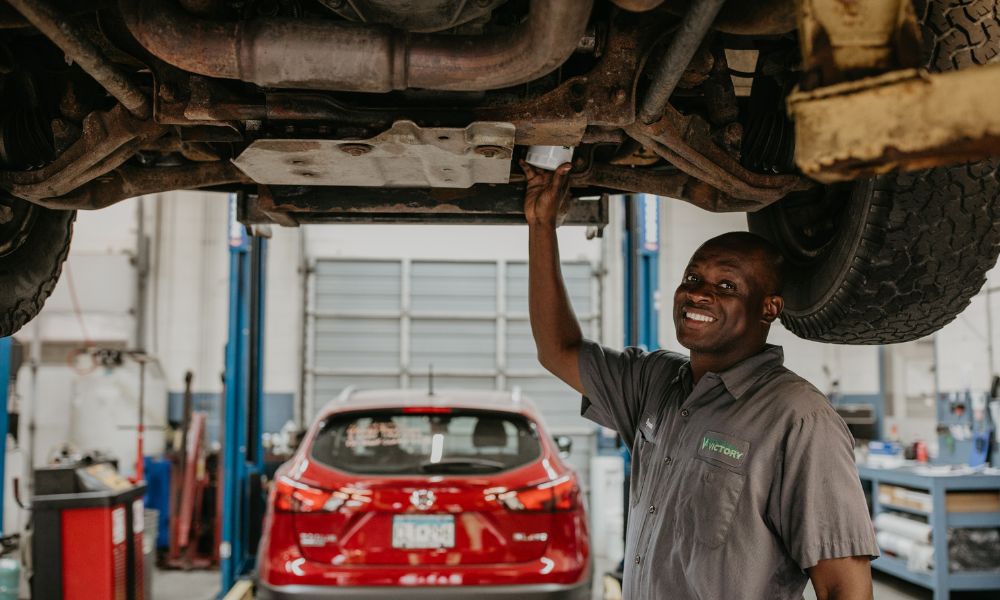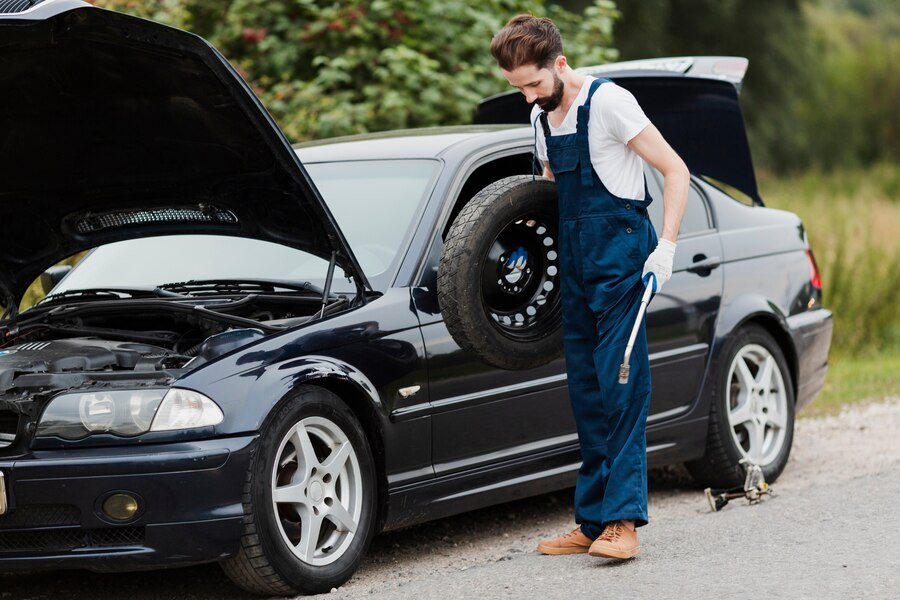Motorcycles are the most handy and simple machinery in the world of automobile industries. It is estimated that almost 80% of people of the entire globe are owning different forms of motorcycles and enjoying the freedom of rides as well. But unalike everything, here lies some limitations too. Such as, what if your motorcycle needs to be transported across the country or to cover a very long distance?
Whether it can be a trailer truck or it can be a hitch-carrier, it creates a huge dilemma while the concerns are about the motorcycle’s safety and ease of uses of the certain carrier you choose to ship your bike for. Noone wants to face any kind of inconvenience in the middle of the road while shipping bikes. In that case, hitch-carriers are totally safe and affordable for transporting bikes if used correctly.
Therefore, in this article we will try to satisfy the queries about hitch-carriers’ user safety doubts.
But before diving into that discussion, we will start with a briefing on what is a hitch carrier? Hitch carrier is a very simple equipment made of heavy-duty steel or aluminum that has the capacity to carry more than 500 pounds of weight at a time. Hitch-carriers usually contain anti-tilt locking mechanisms along with metal tie downs from both sides of the rack that secure your bike from sliding or wobbling in transit. Transporting bikes by using hitch-carriers is easier than loading or unloading them to a pick up truck or trailer as hitch-carriers are very handy to attach at the back of your vehicle like a rack. And trust it is totally safe to use for bike shipment.
However, if you want to be more assured about your hitch-carrier’s usefulness, you should be aware of certain factors and consider the same while investing in buying one of them. The factors are listed below:
- Basic materials
Hitch-carriers are generally made of two types of base materials; sturdy aluminum and steel. Each kind of substance has a distinctive capacity for carrying weights. If your hitch-carrier is constructed of durable stainless steel and you can keep it rust-free, it would surely be eligible for holding a huge load at a time.
On the other hand, aluminum has the tendency to get bent for being overloaded. Though there are very minimal chances of eroding aluminum hitch-carriers, yet they are not capable of carrying heavy weights. So, it is better to choose your hitch-carrier that is compatible with your motorcycle’s weight and duration as well as distance of the location where you want to ship your bike.
- Weight limitations
There are multiple designed hitch-carriers available in the market. Each different hitch-carrier has a specific range of carrying capacity. So, try not to exceed that particular range. It is suggested to weigh your bike before buying a carrier for transporting the same.
- Choose a hitch-carrier compatible with your vehicle type
The next important factor that must be ensured for selecting a carrier is to check the compatibility between your carrying vehicle and carrier. It must be figured out how much load your vehicle can carry on its backside. Otherwise, according to hitch-carrier’s capacity, the carrier would be able to carry a bike but your carrying vehicle’s front wheels might be raised from the ground.
Additionally, there are five different groups of hitches available in the market according to their power of carrying load and what kinds of vehicles are compatible with them to fit around. Therefore, before choosing a hitch-carrier, you must sort out in which hitch group your vehicle falling in and select accordingly.
- Length of the ramp
You should choose your hitch ramp keeping the type of the vehicle you are using to ship your bike. It is recommended to use a long ramp to the bike on the carrier without injuring your vehicle’s body.
- Hassle-free installation
Try to select a hitch-carrier that is easy to install. Furthermore, carefully go through the installation process of the particular hitch you are going to purchase. Otherwise, because of the wrong installation, you may face problems while shipping the bike.
- Wear and tear to your vehicle
Remember, as long as you stay within the carrying capacity of the hitch as well as your vehicle, it is assured that there won’t be any wear and tear to your vehicle in transit.
- Aid for invisible tail lights
It is quite possible that your vehicle’s tail lights might be covered due to the mounted motorcycle. To eliminate that inconvenience, you can use LED light kits compatible with hitch-carriers that provide real time light displays.
For car and auto shipping quotes, please visit https://www.americanautoshipping.com.





